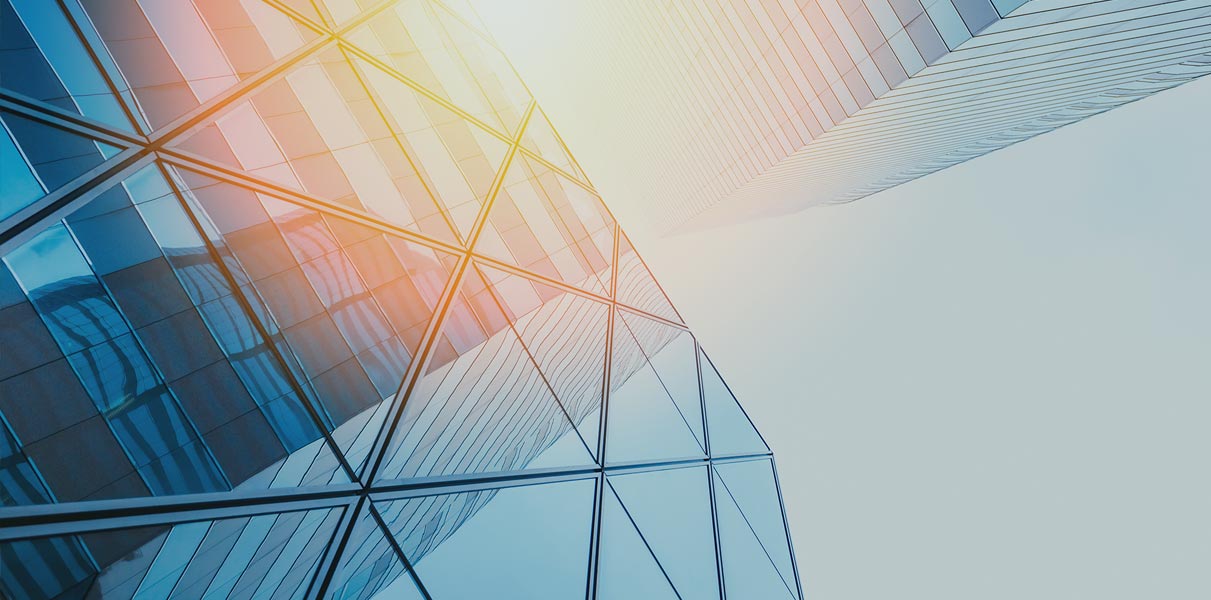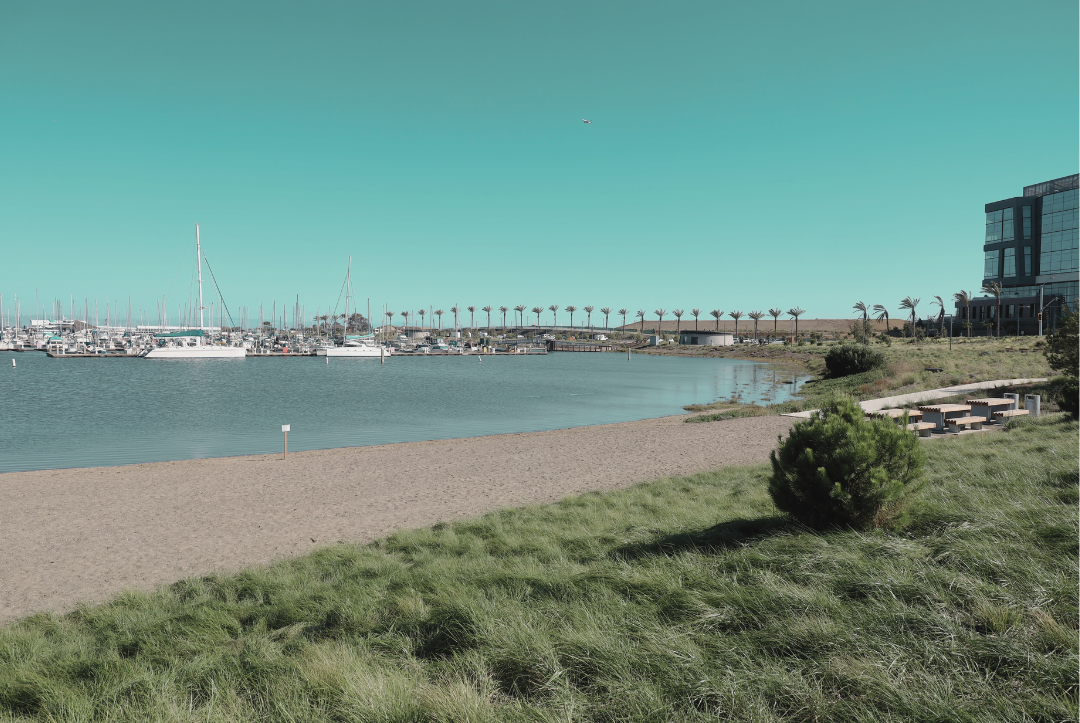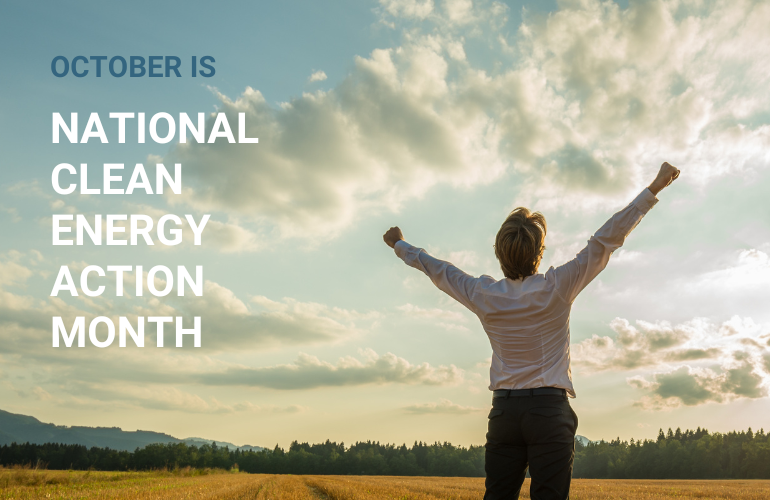Santa Monica, CA (March 28, 2023)—Green Econome is proud to announce that it has received the 2023 ENERGY STAR Partner of the Year Award from the U.S. Environmental Protection Agency and the U.S. Department of Energy.
Marika Erdely, Founder and CEO of Green Econome states, “Receiving this recognition for our partnership with the EPA and ENERGY STAR program is a significant milestone for our organization. Green Econome was founded to meet the demand for ENERGY STAR benchmarking as local and state energy disclosure laws were put into place over a decade ago. Green Econome is celebrating ten years of compliance services, so earning 2023 Partner of the Year is that much sweeter. We have benchmarked nearly 2,000 properties and pride ourselves on being a leader in accurate reporting and industry expertise. We wholeheartedly invest in ENERGY STAR as a trusted platform that we lean into for benchmarking, building certifications, and now GHG emissions metrics, data management for our client’s ESG goals, and driving reduction targets.”
“As we accelerate historic efforts to address climate change, public-private partnerships will be essential to realizing the scale of our ambition,” said EPA Administrator Michael S. Regan. “I applaud this year’s ENERGY STAR award winners for working with EPA to deliver a clean energy future that saves American consumers and businesses money and creates jobs.”
Each year, the ENERGY STAR program honors a select group of businesses and organizations that have made outstanding contributions to the transition to a clean energy economy. ENERGY STAR award winners lead their industries in the production, sale, and adoption of energy-efficient products, homes, buildings, services, and strategies. These efforts are essential to fighting the climate crisis, protecting public health, and creating a clean energy future for everyone.
Winners are selected from a network of thousands of ENERGY STAR partners. Visit Green Econome’s profile page, or for a complete list of 2023 winners and more information about ENERGY STAR’s awards program, visit energystar.gov/awardwinners.













